The Museum of Natural Sciences and Archaeology
With its unique collection of aboriginal mummies, archaeological finds, and focus on endemic flora and fauna, the Museo de Naturaleza y Arqueología is one of the premier museums on the Canary Islands. We made it one of our first stops in Santa Cruz.
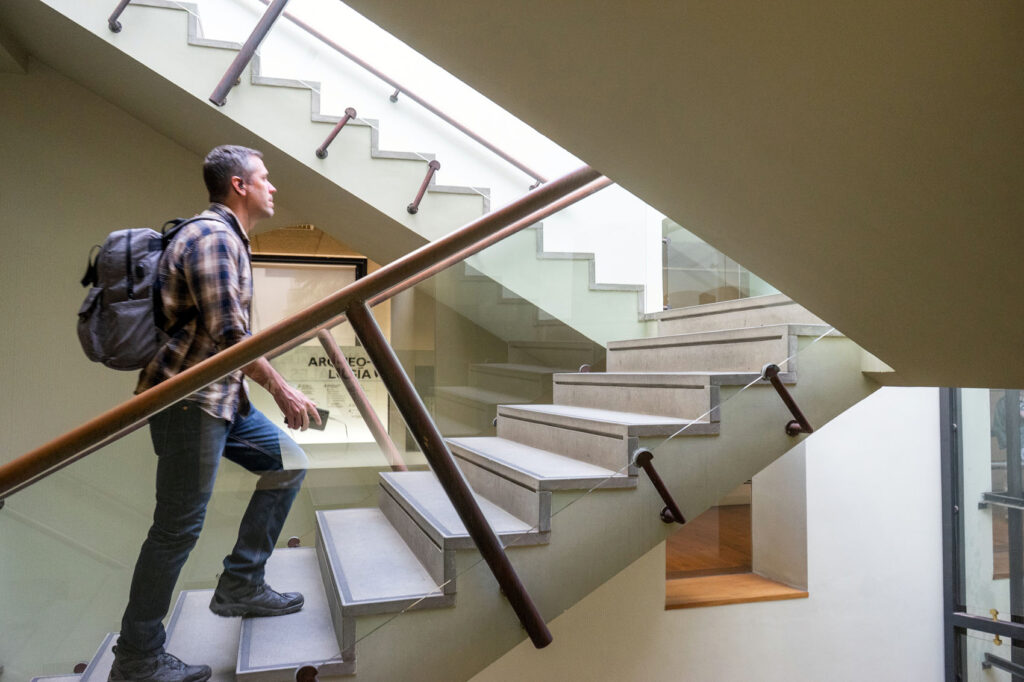
Inaugurated in 1958, the museum is housed within the former Civic Hospital. The space is large enough to accommodate the museum’s ambitious scope, and you’ll want to give yourself around 90 minutes at least — there’s a lot to see, and almost all of it is interesting. A free audioguide available on your phone hits the highlights, and reduces the length of the tour for those who can’t make time for everything. (Make sure to bring your own headphones for the audioguide.)
It’s not something you’d often think about, and probably something that’s supposed to go unnoticed, but one of the most important aspects of any museum is its organization. A poorly conceived layout can really ruin an experience, while a thoughtful, deliberate presentation can bring even drab material to life. And happily, organization is one of the MUNA’s strengths. The fields of Natural Sciences and Archaeology are split cleanly down the center of the building, in what’s called the “Zero” zone — on each of the three floors, you choose to go left for Archaeology, and right for Nature. We started with Archaeology.
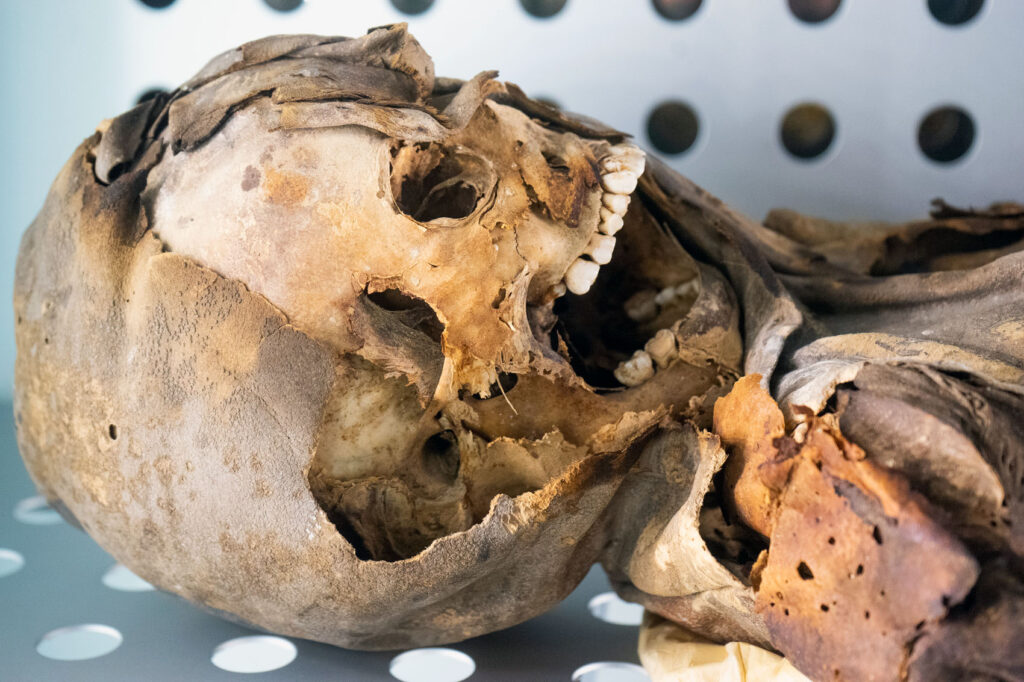
Before the arrival of the Spanish, the Canary Islands were populated by the Guanches. The MUNA has the world’s most important collection of Guanche artifacts, and goes into great detail about their society and habits. They practiced rudimentary brain surgery, made cave paintings, and were tall for their time… but most interestingly, they were into mummification. The MUNA is home to a number of mummies, in various states of preservation, including the Mummy of San Andres.
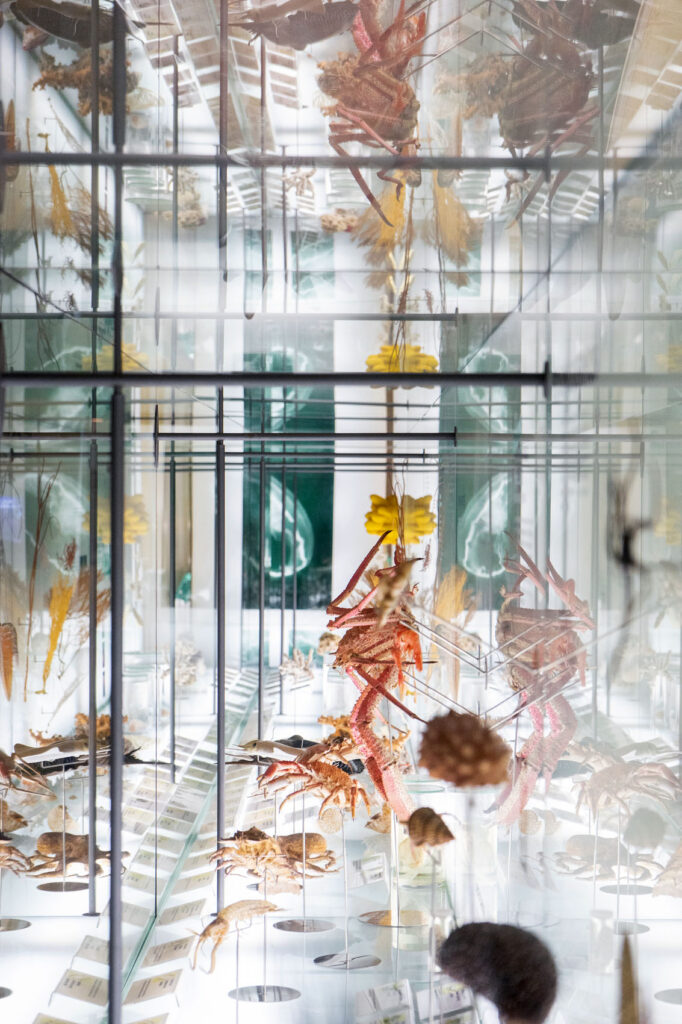
The sections dedicated to Natural Sciences were less memorable, but just as high-quality. We learned about the various fish, birds, mammals, and invertebrates native to the Canary Islands, and a whole lot about the archipelago’s geology. One room was covered in small window frames containing old sketches of plants; you could open up the window to see information about the scientist who drew them. Another section had life-size models of the sea creatures found around the islands, including a squid so huge it was frankly unbelievable.
If you have any interest at all in the past or nature of the Canary Islands, you shouldn’t pass up a trip to the MUNA. Kids will love it, as well, and it makes for a perfect rainy-day activity in Santa Cruz.
Other mummies we’ve encountered while traveling: Catacombs of the Capuchin Monks
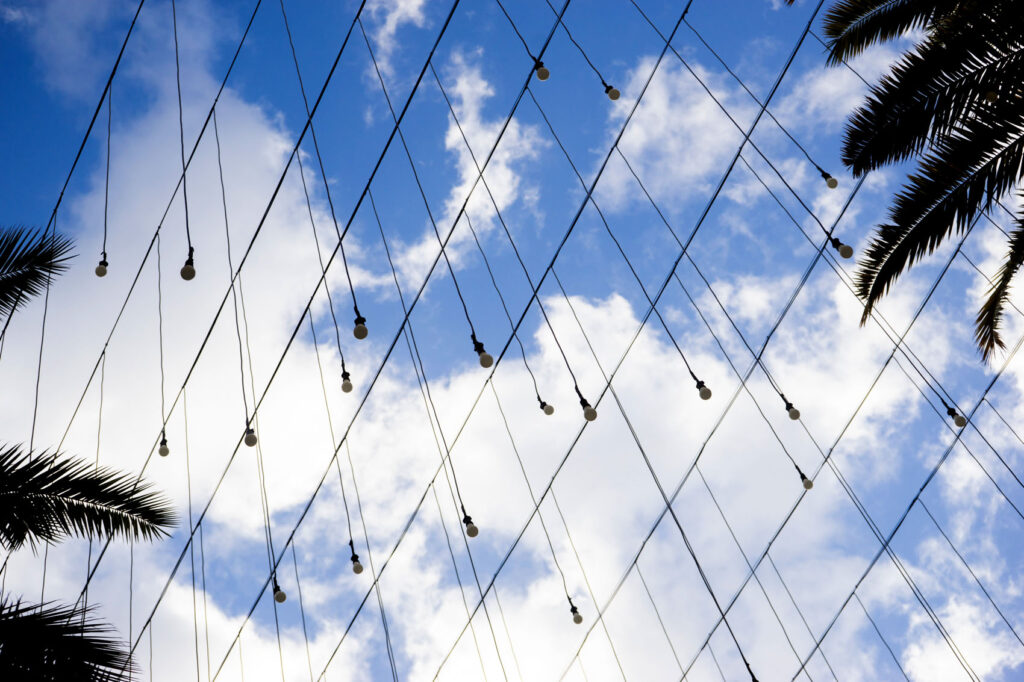
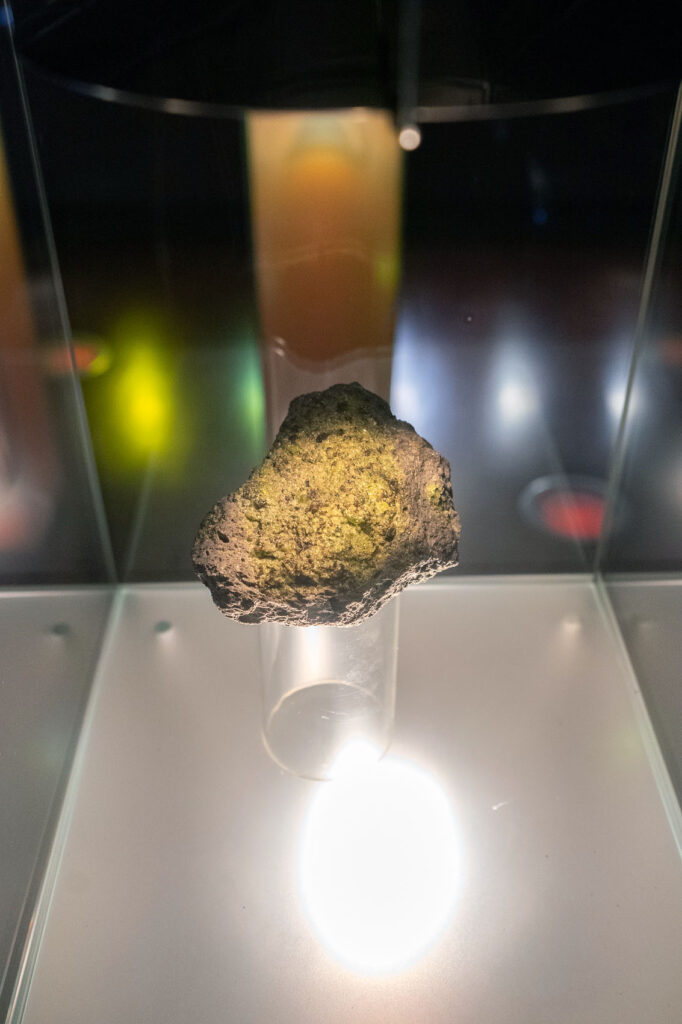
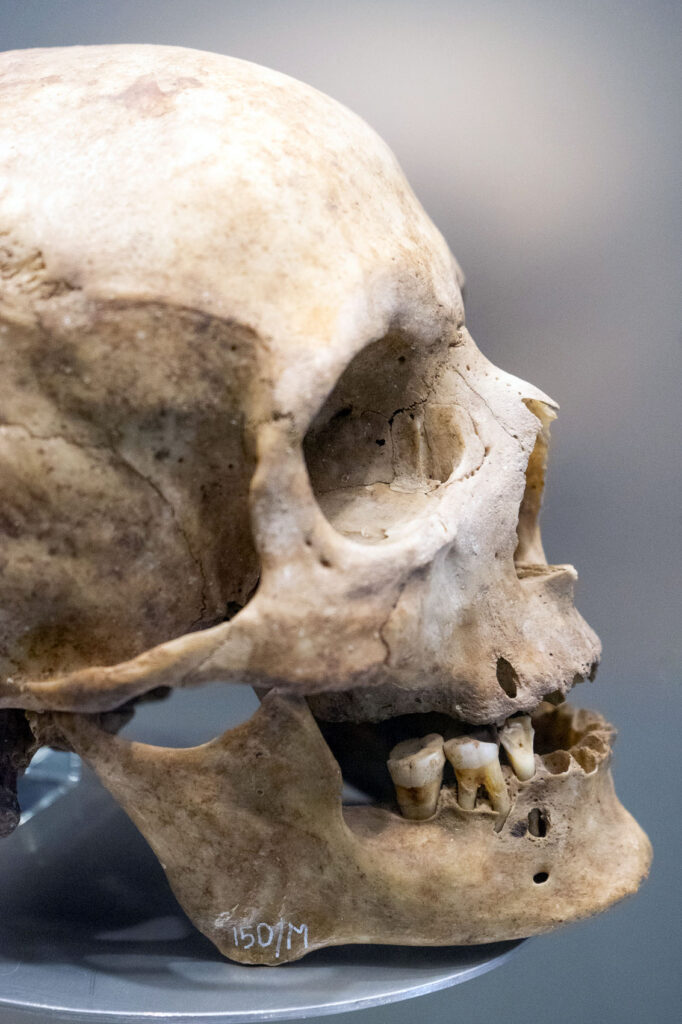
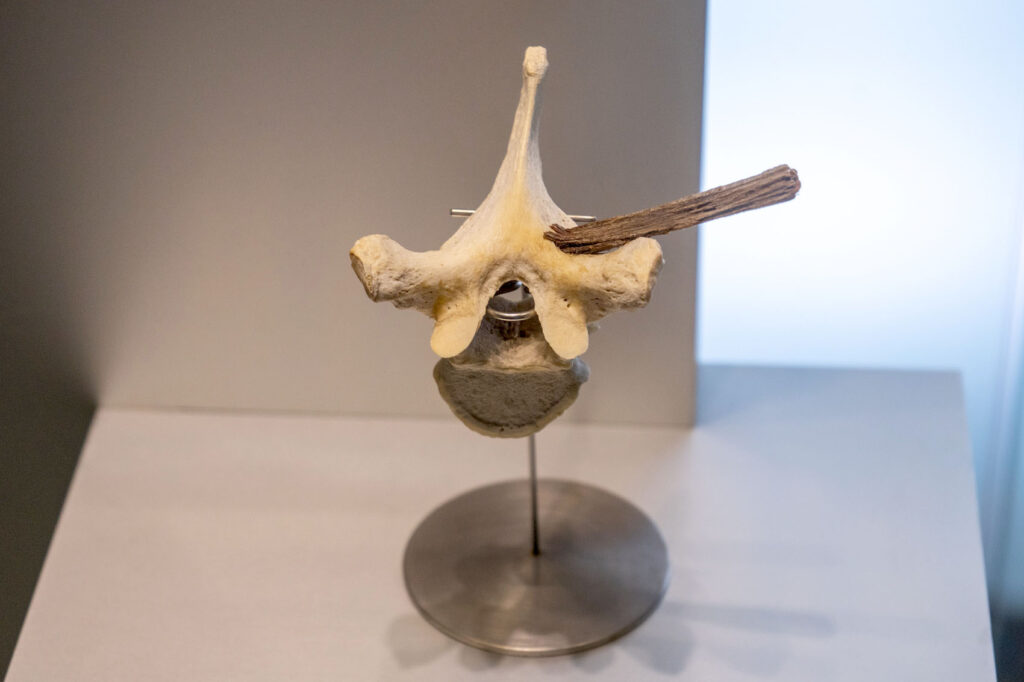
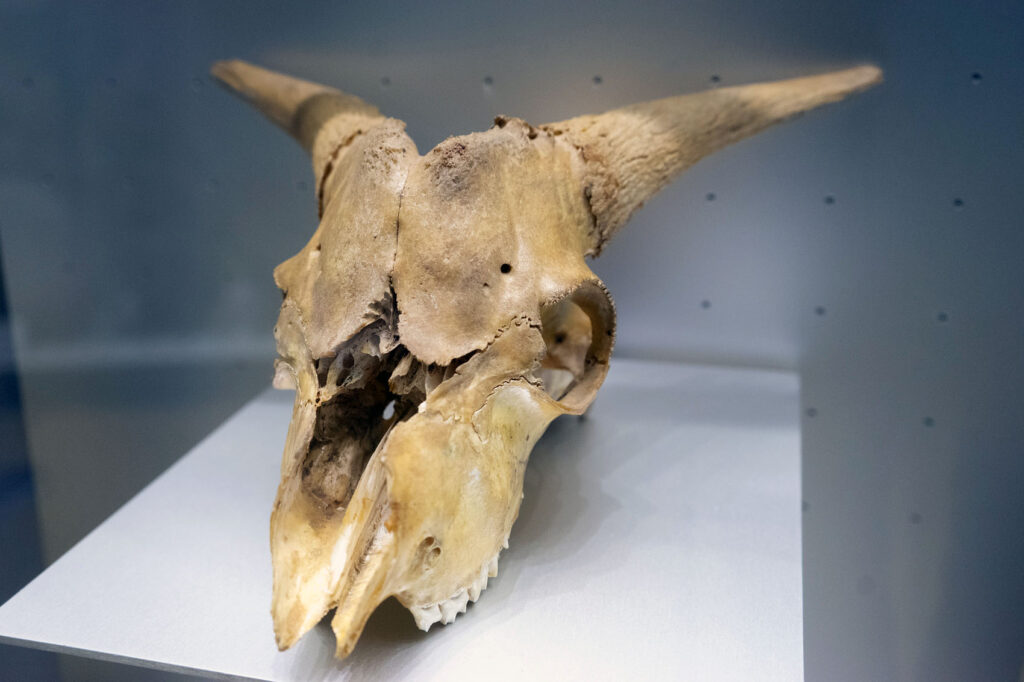
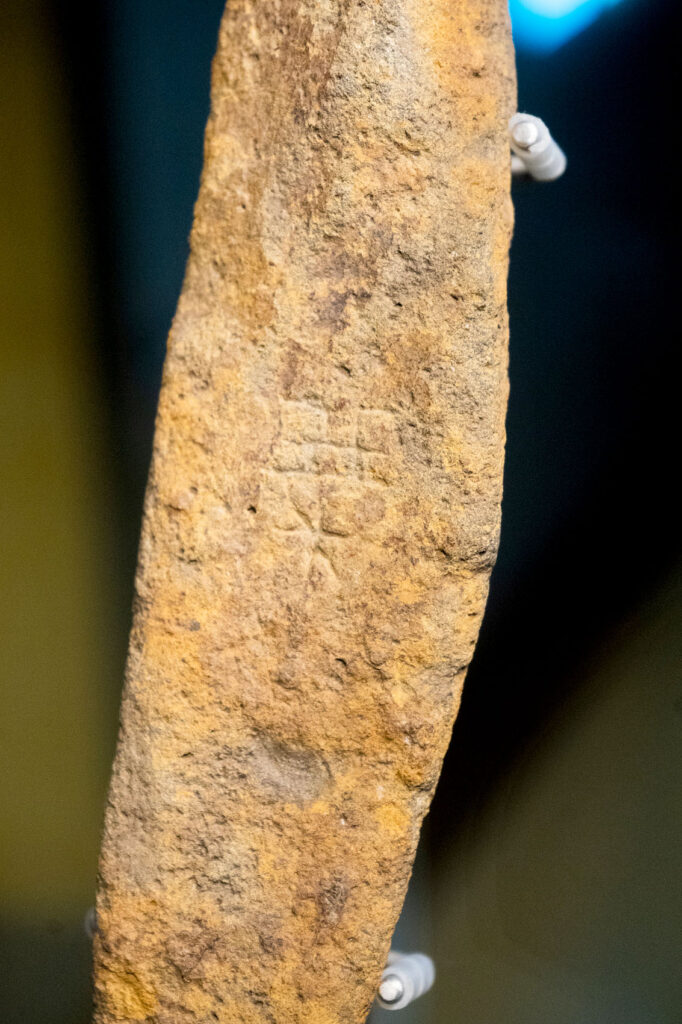
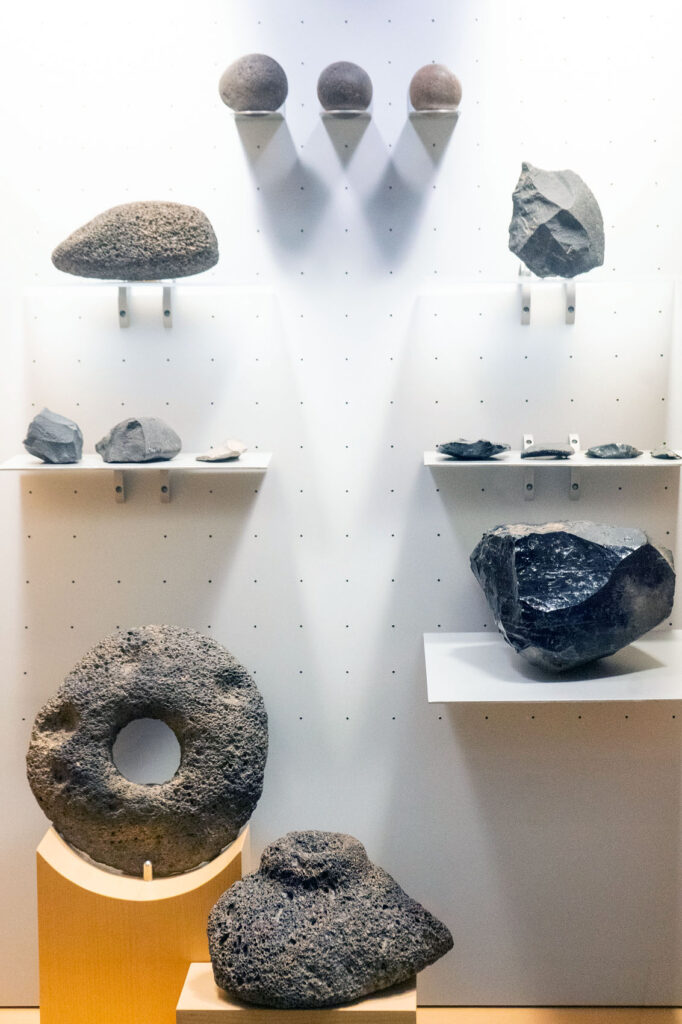
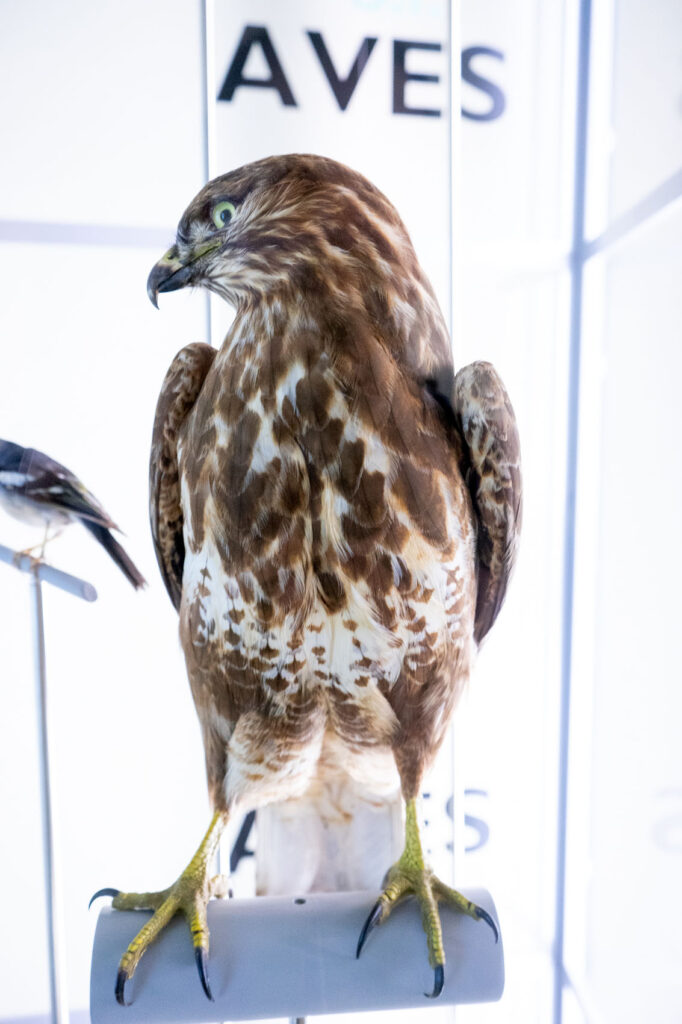
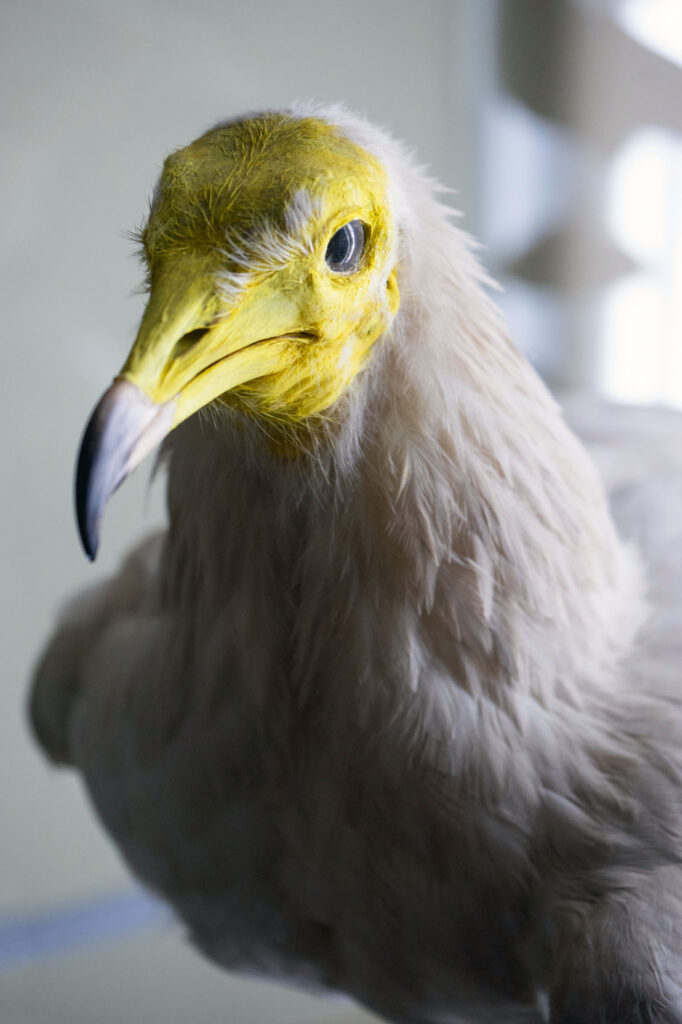
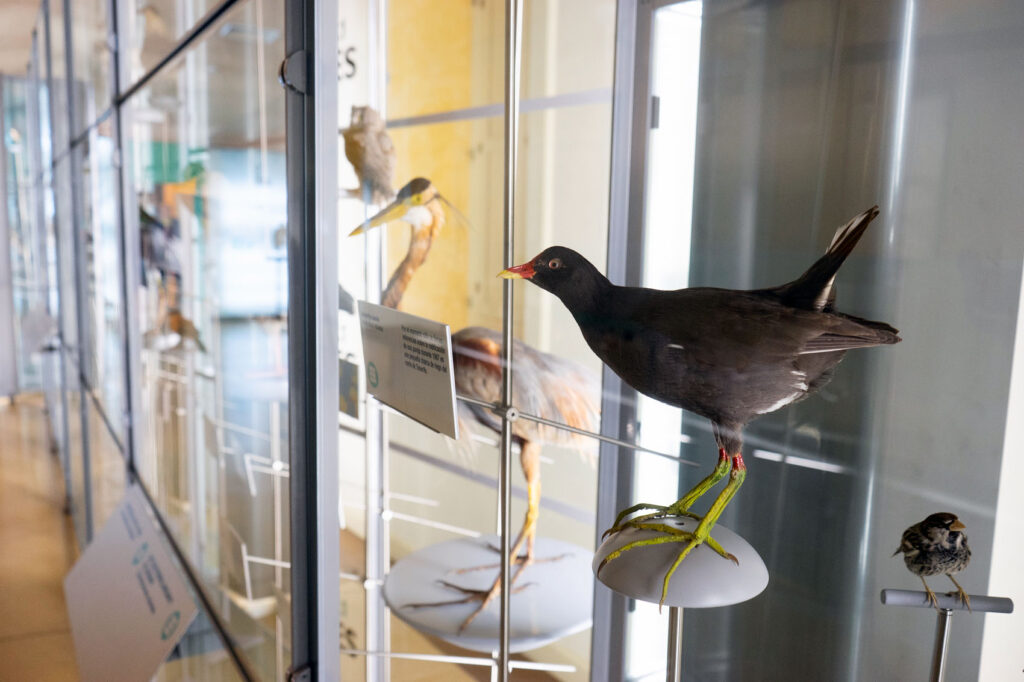
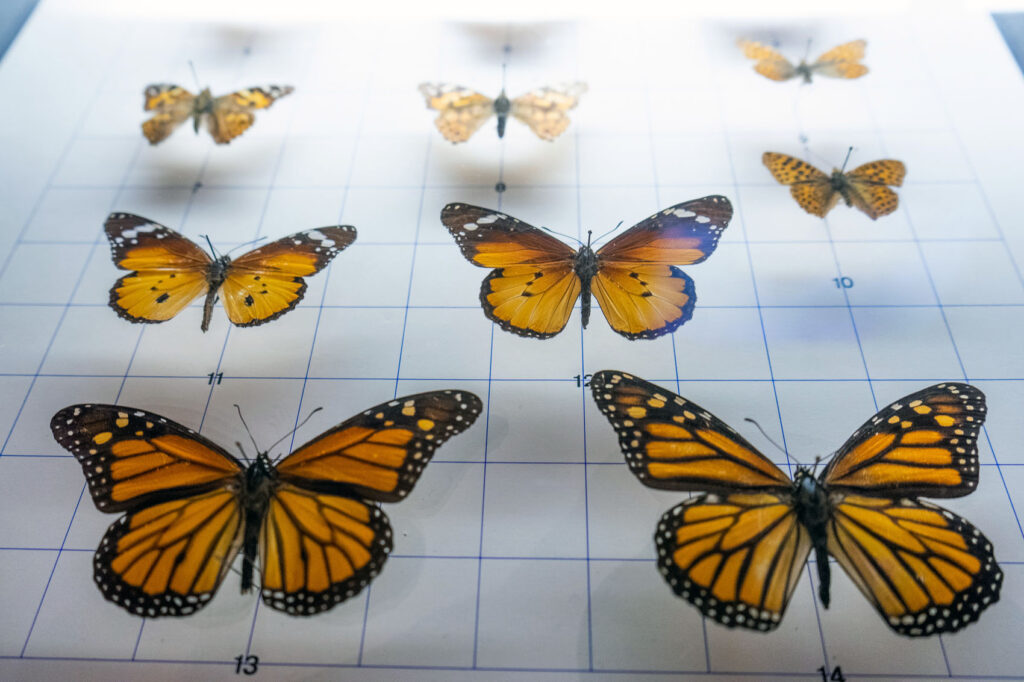
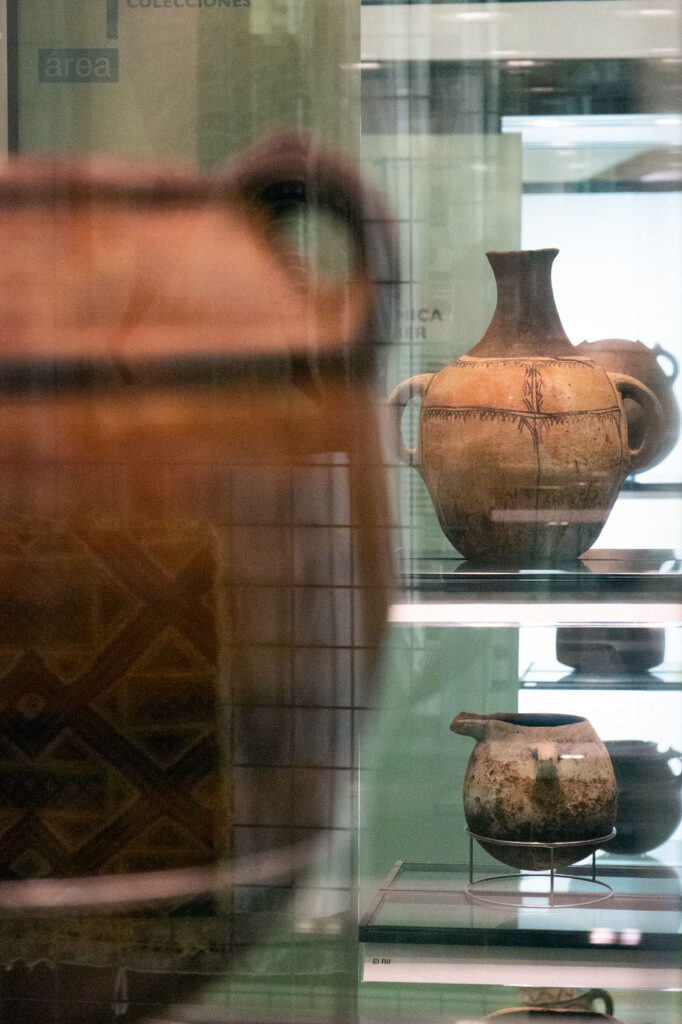
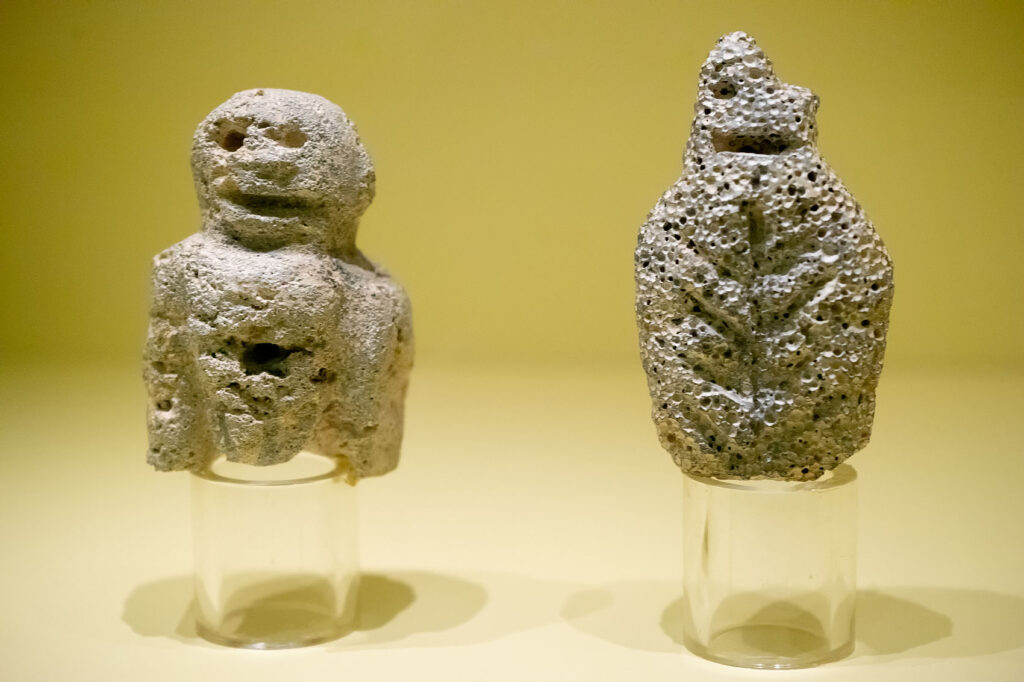
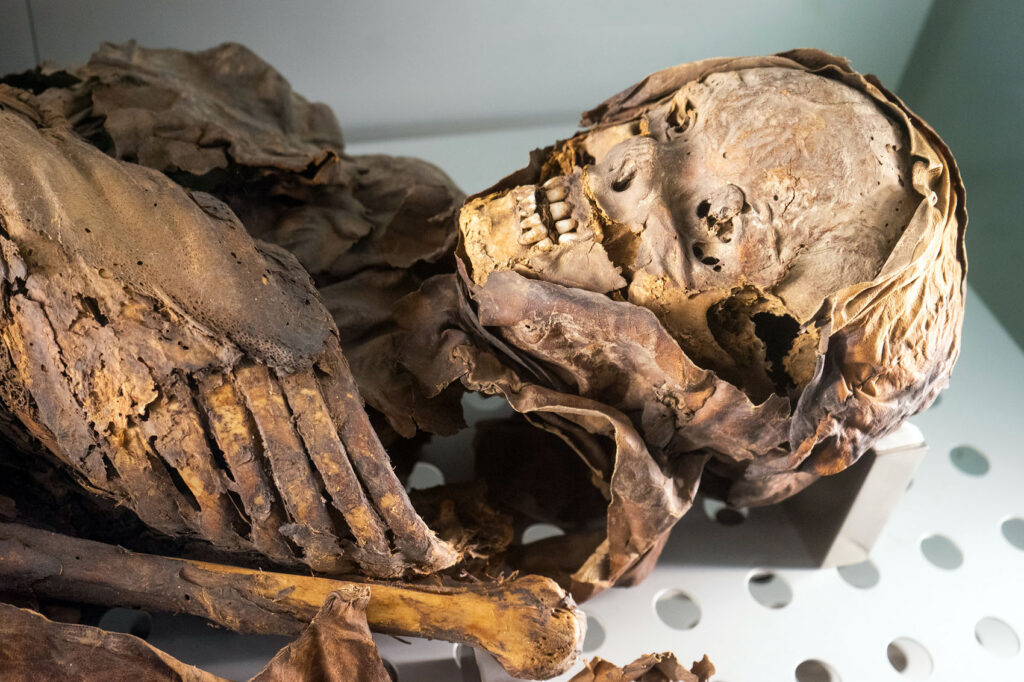

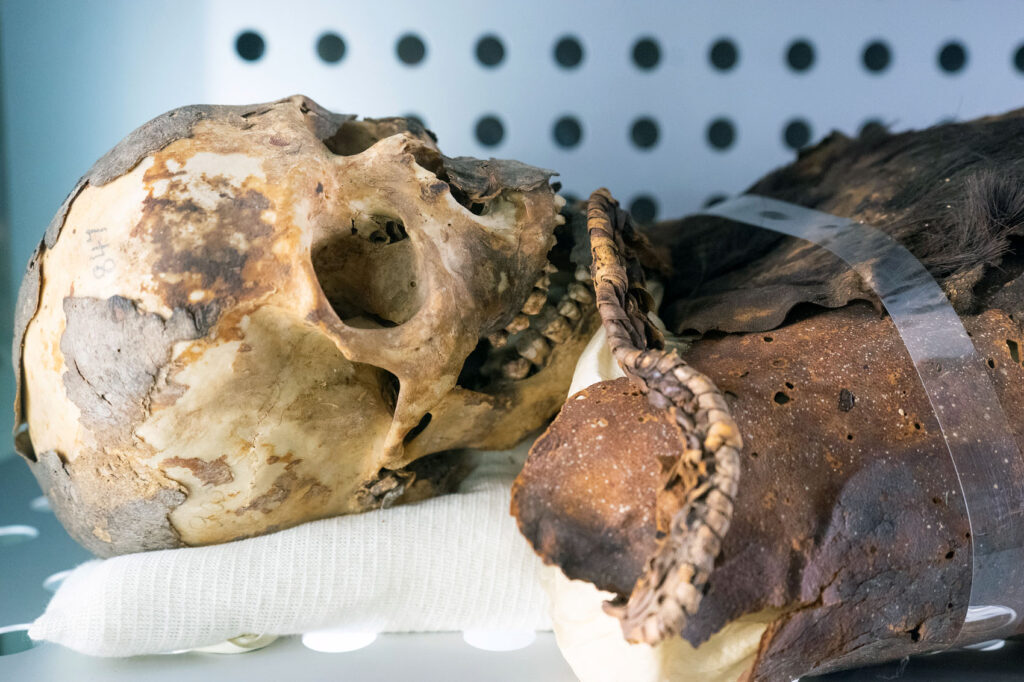
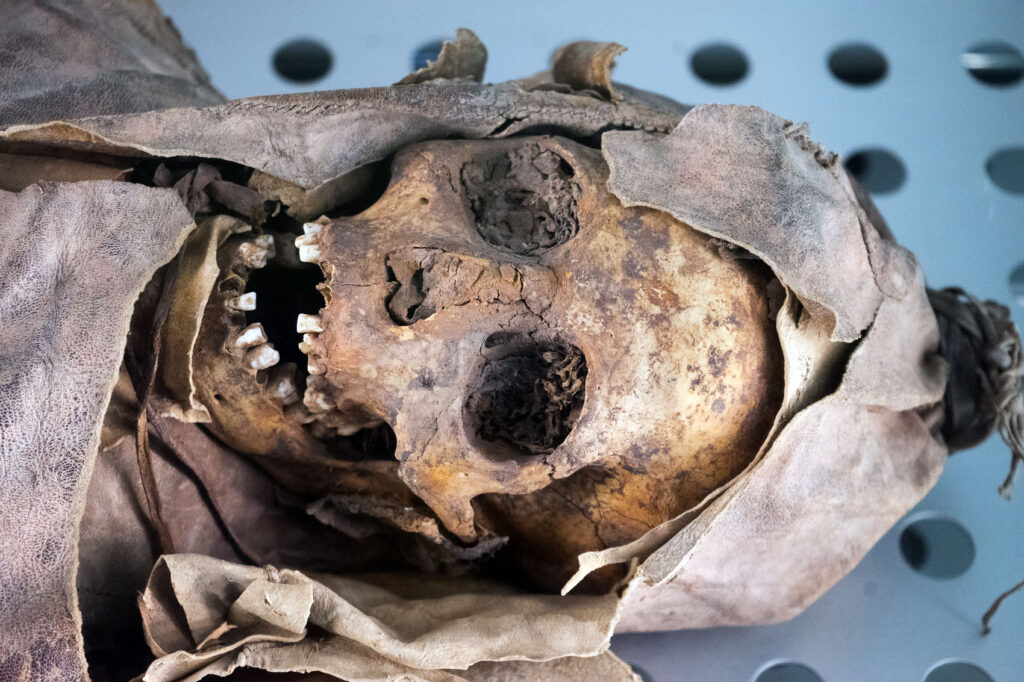
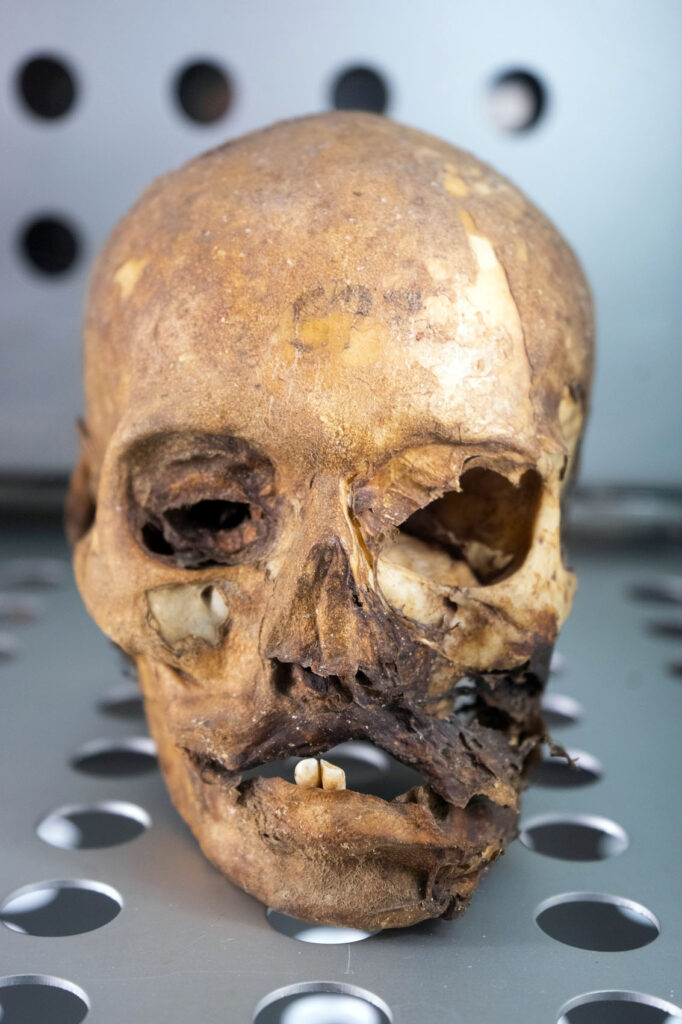
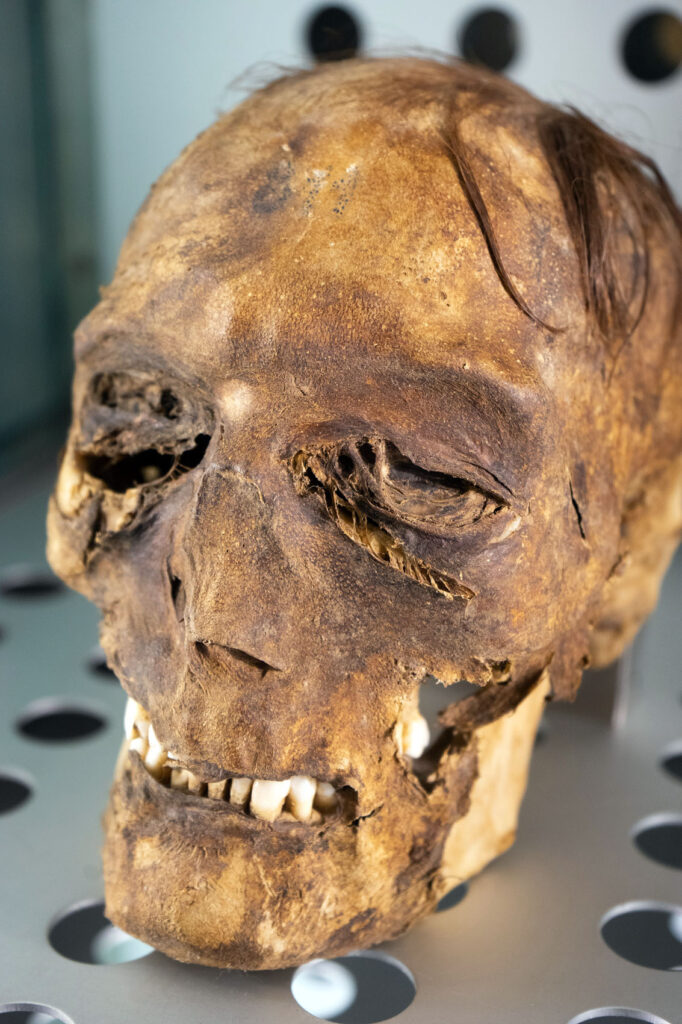
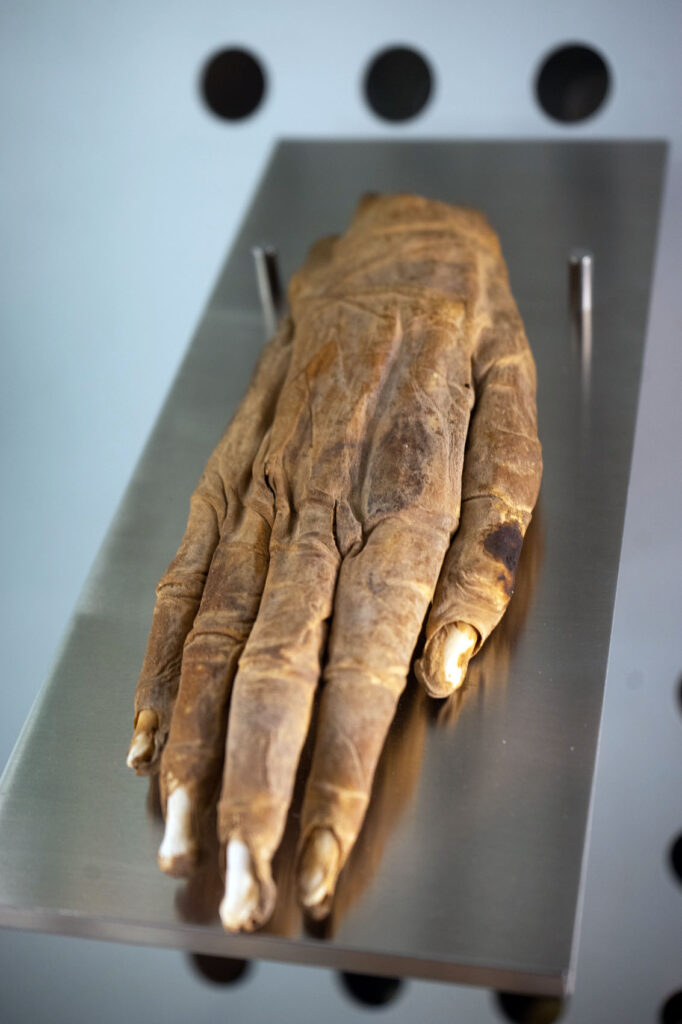

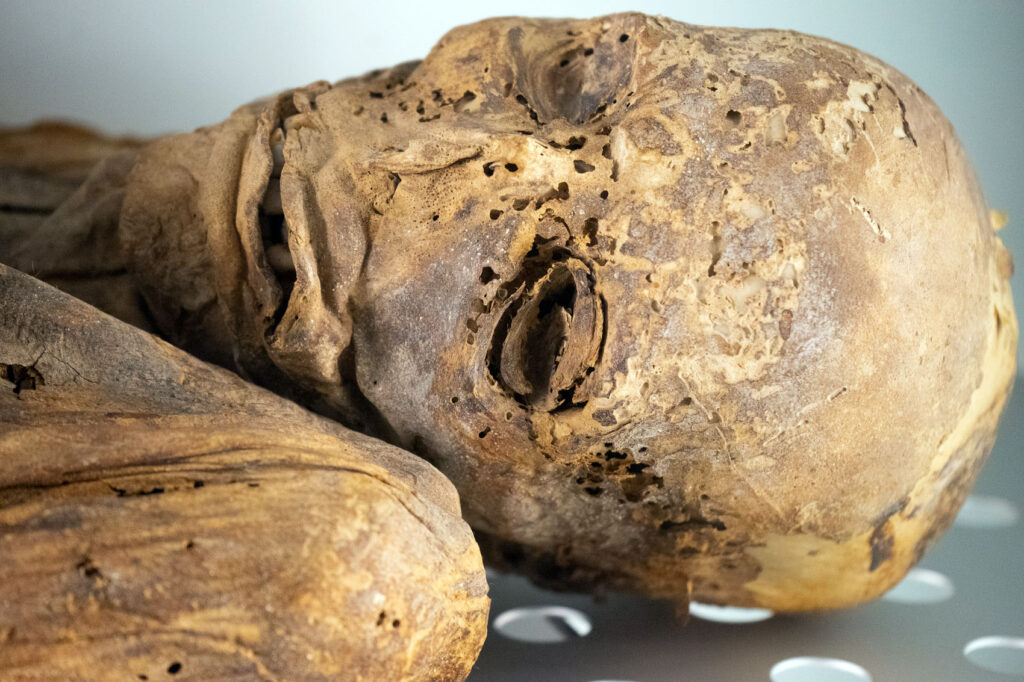
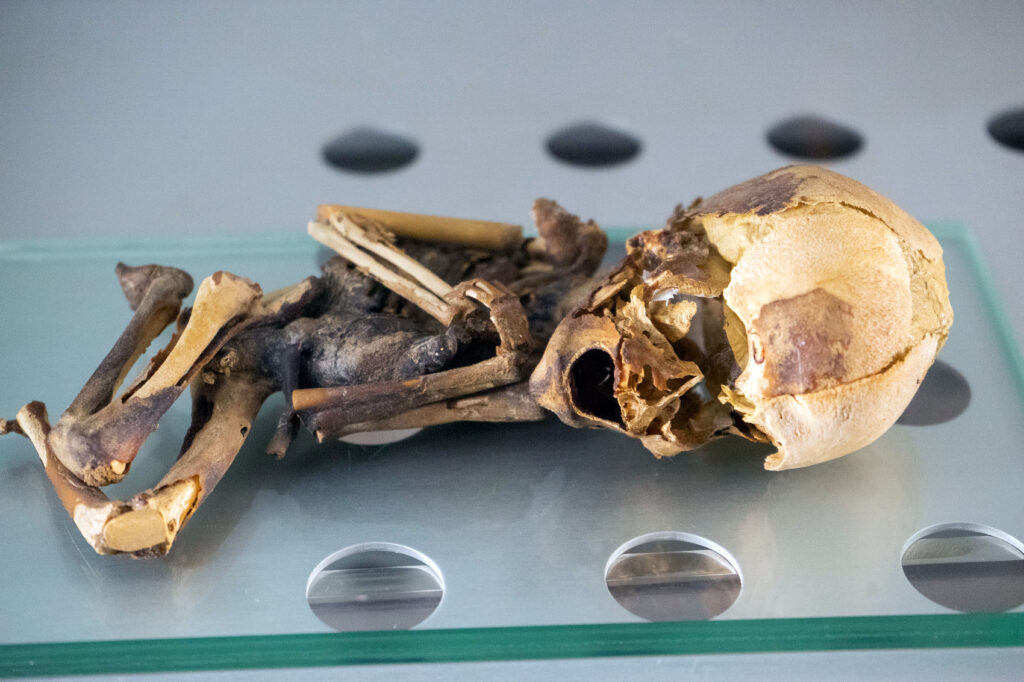

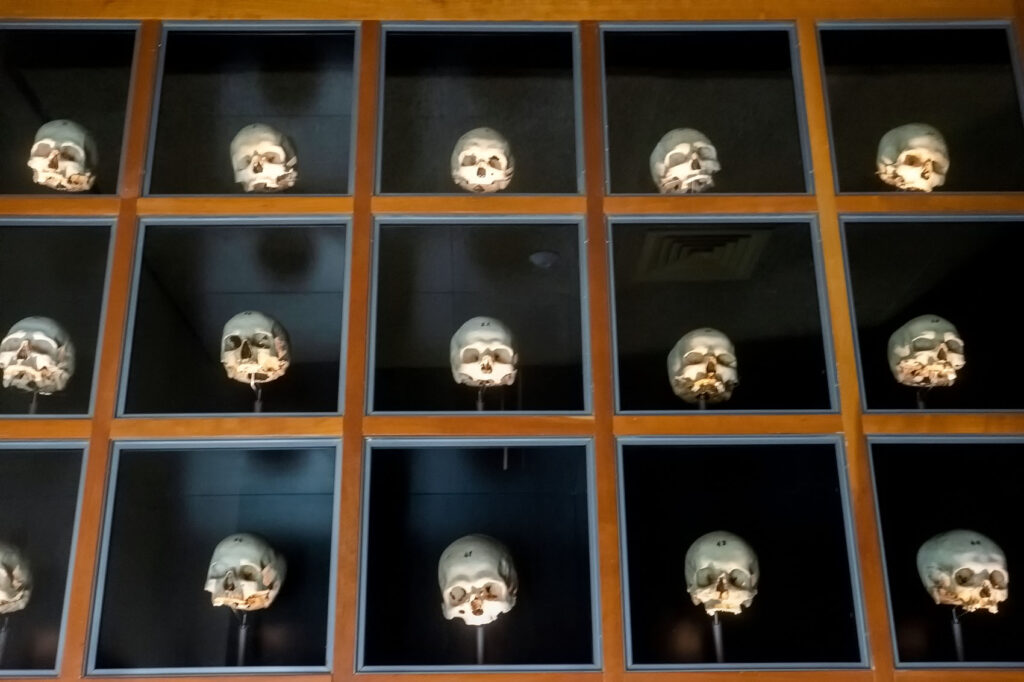
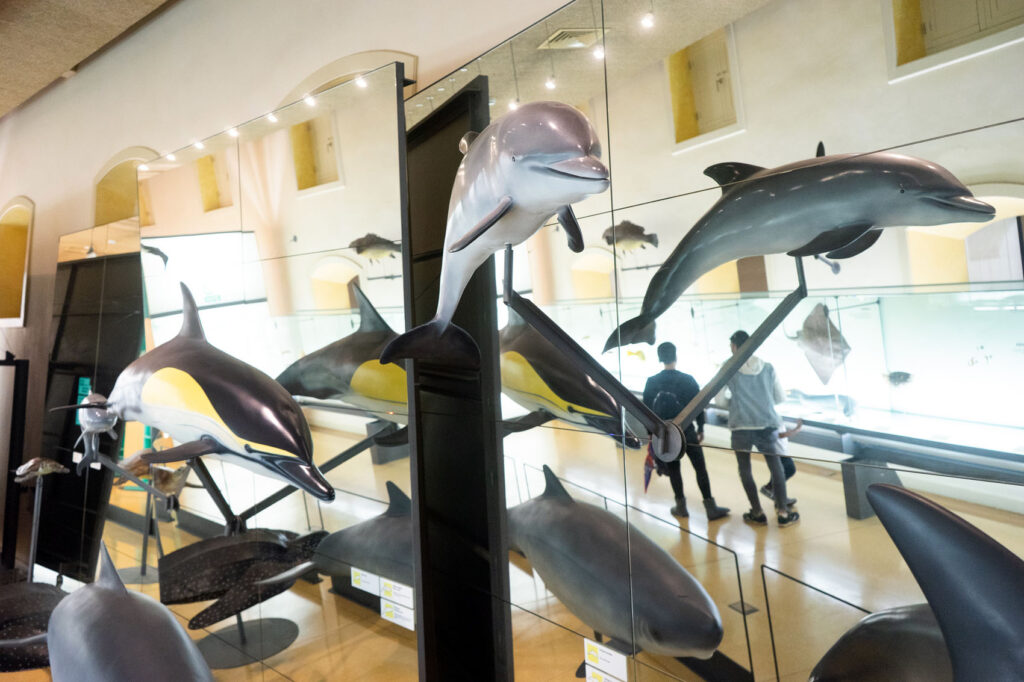
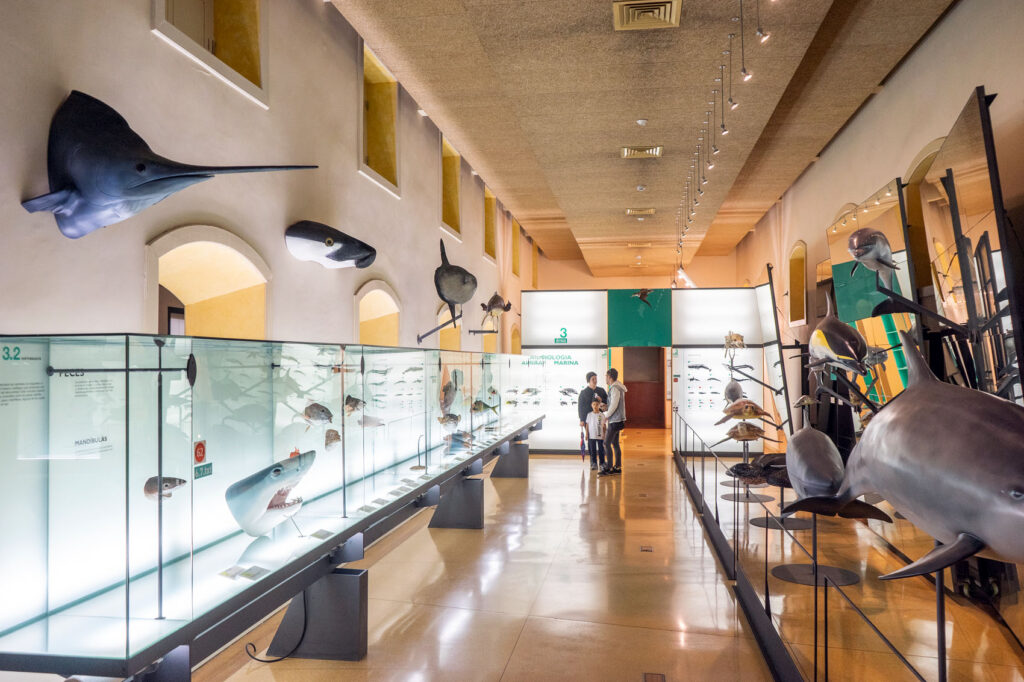
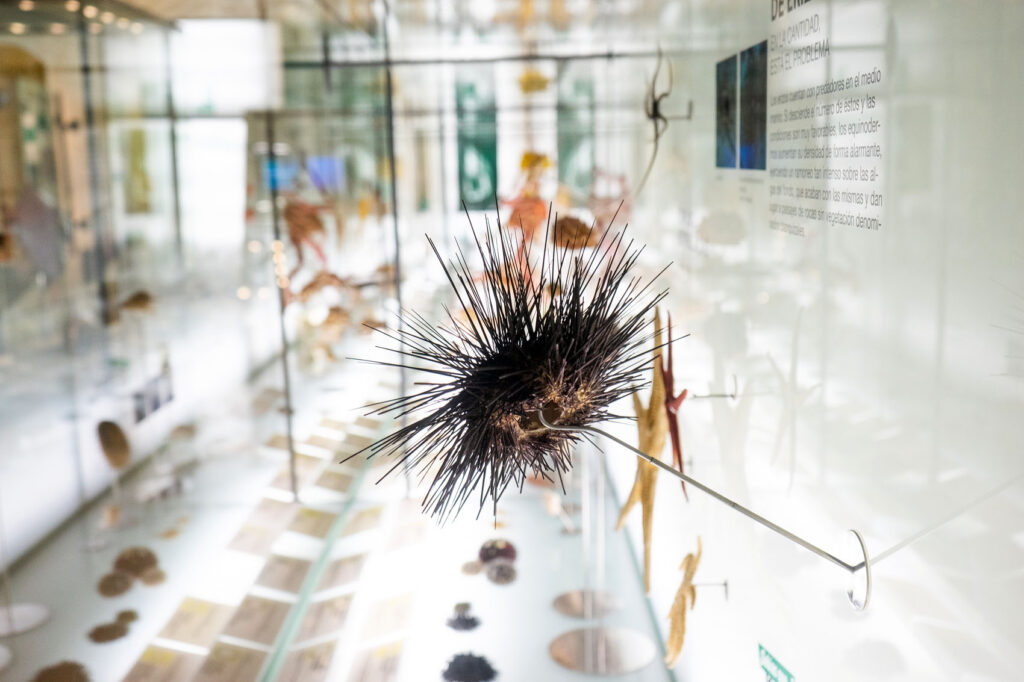
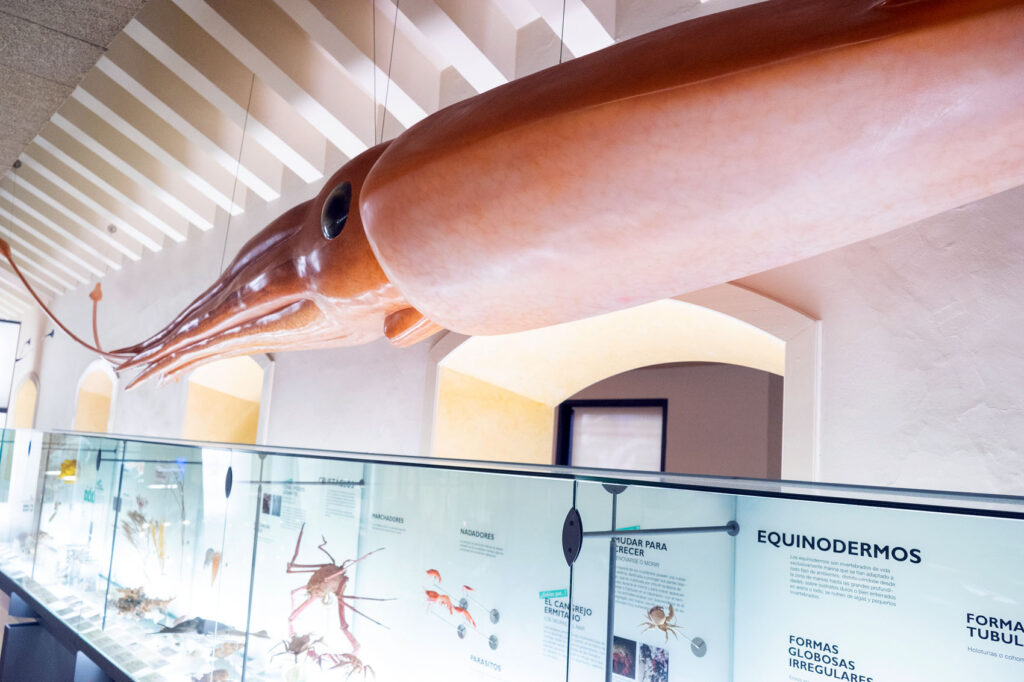
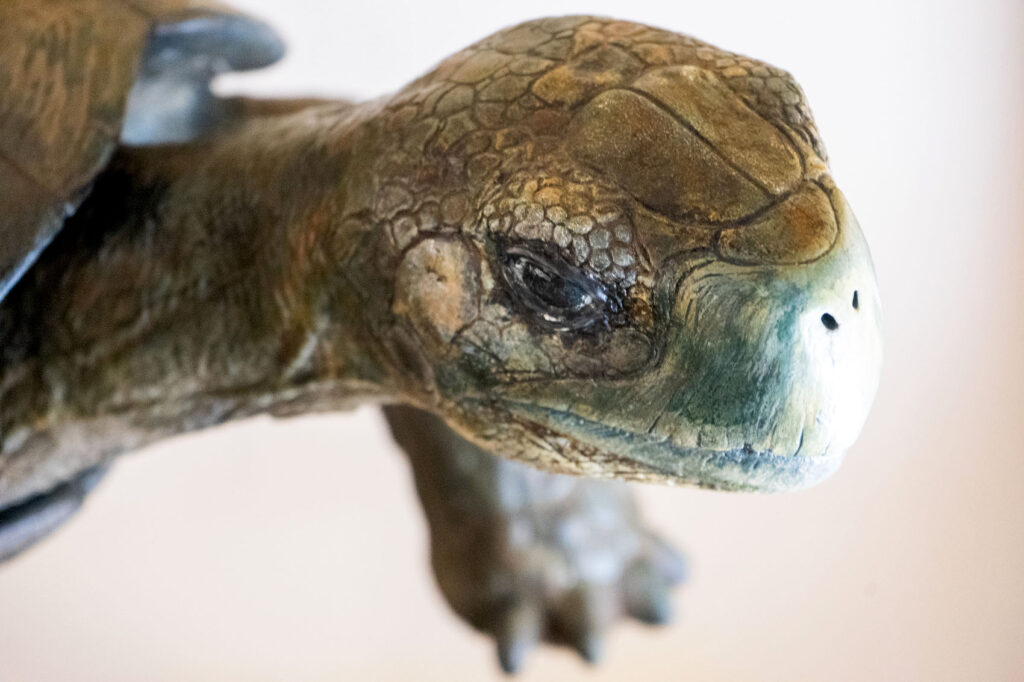
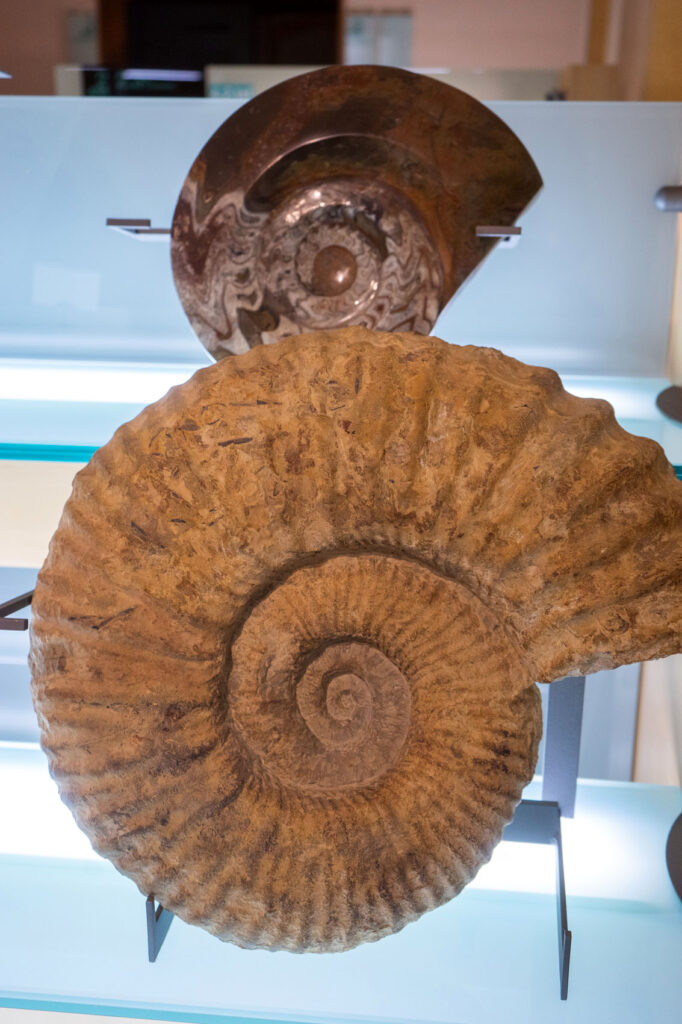
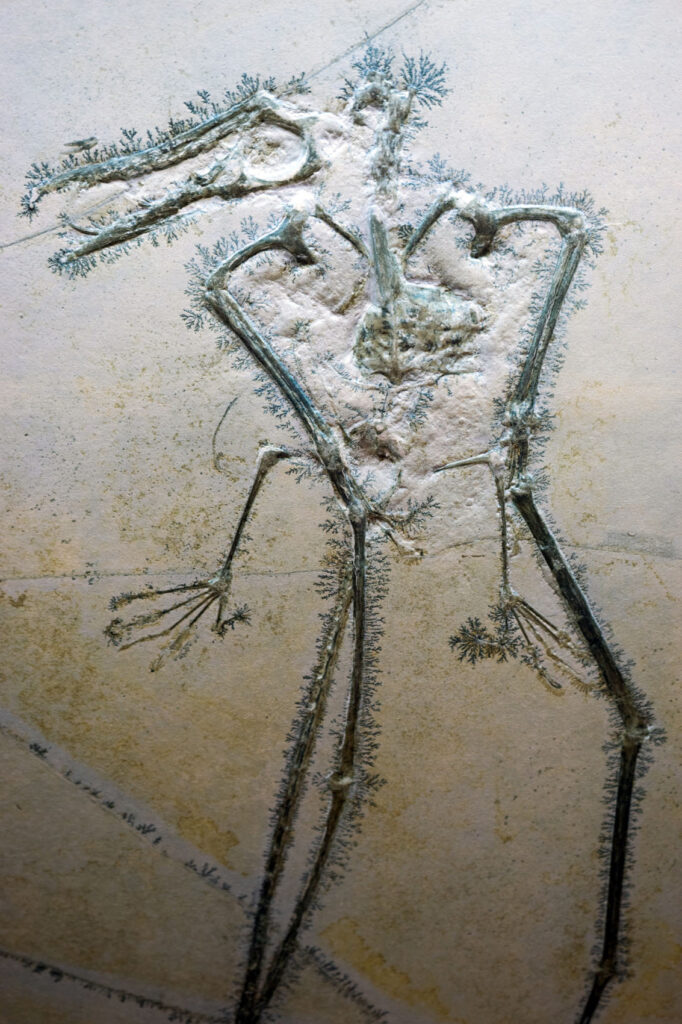
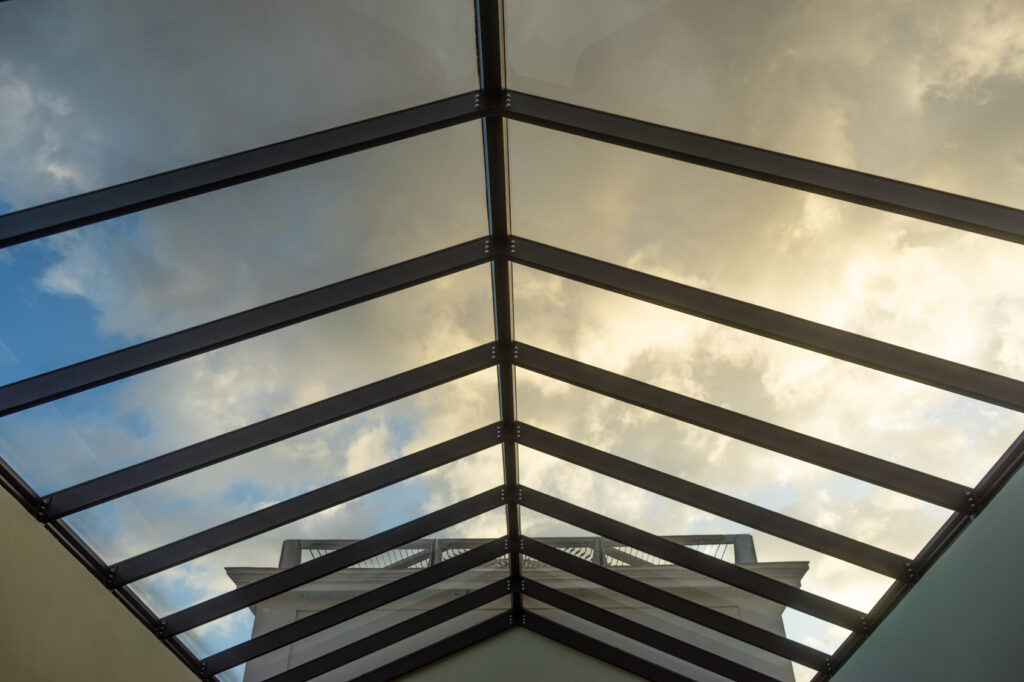
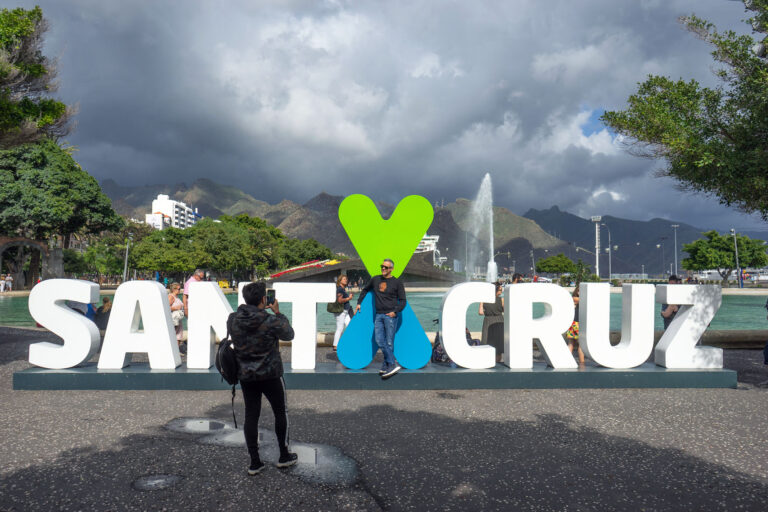
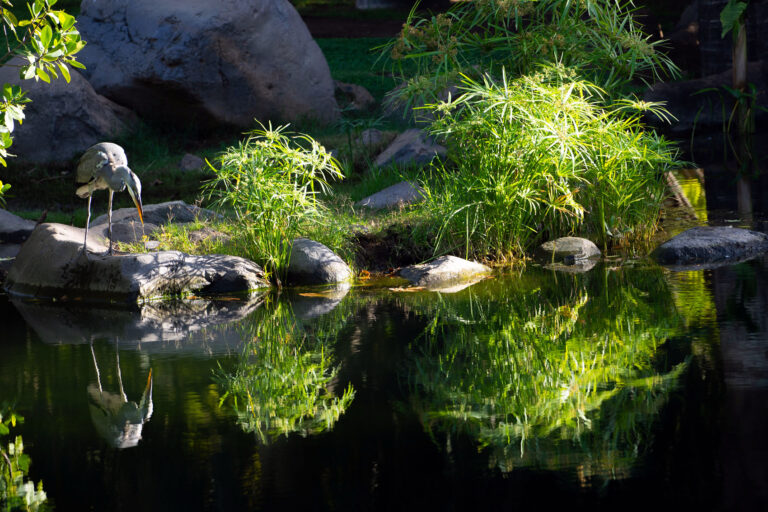
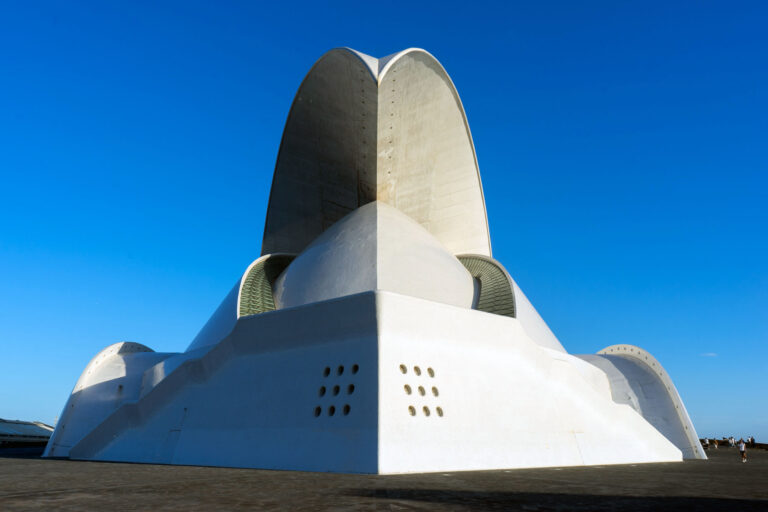
Pingback: The Virgin of Candelaria - For 91 Days - Tenerife Travel Blog
Pingback: The Guanches of Tenerife - For 91 Days - Tenerife Travel Blog